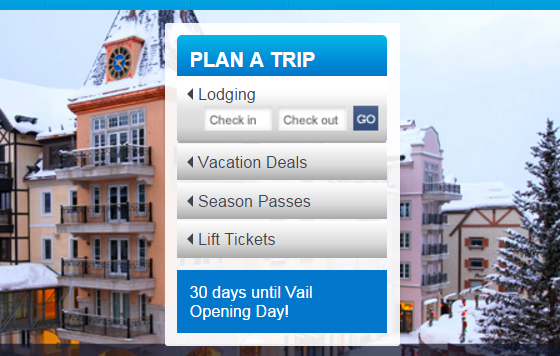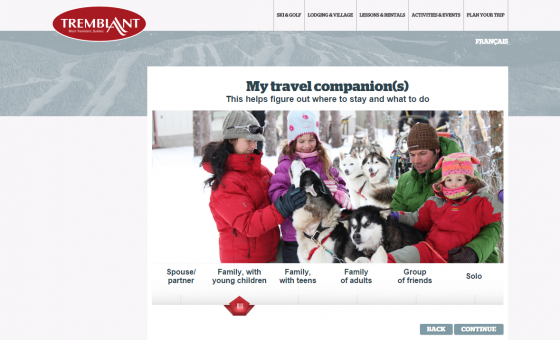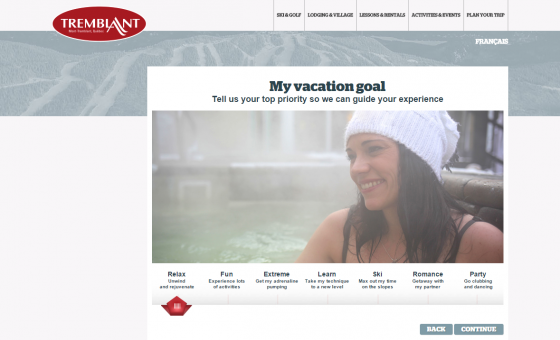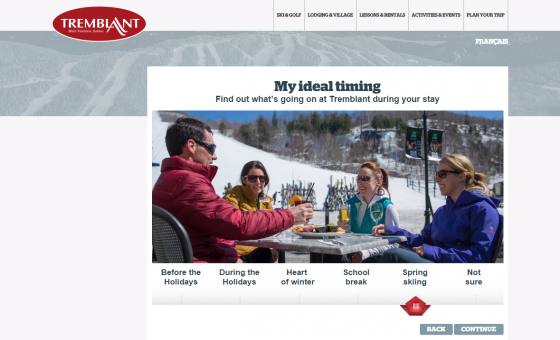Lodging
Every Resort Website Says "Plan Your Trip" but That’s Not What We Mean
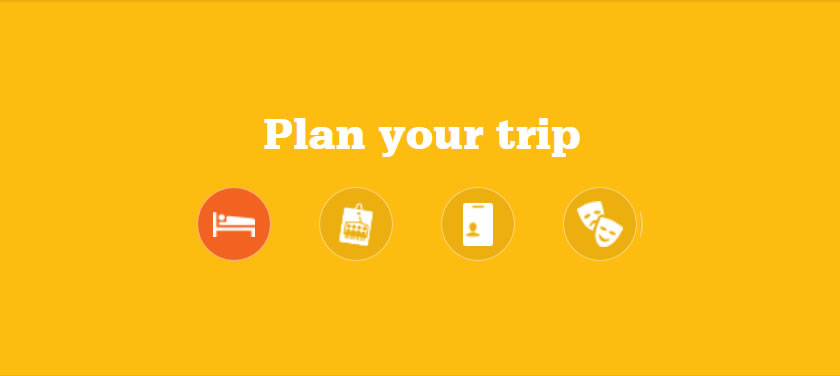

BLANCHARD
Let’s play a little word game starting with this screenshot of Vail’s old home page.
We start with a call to action: Plan Your Trip. This is followed by dates to enter for booking your room, a link to buy tickets, get deals, or buy a season pass.
But let’s break that up for a second.
Act 1: PLAN
Let’s start with just that word plan and apply to three different ways we might use it.
“Let’s plan our day.”
“We need to plan the birthday party.”
“I’m working on our marketing plan.”
In each case, these uses of “plan” assume a lack of specifics. They imply we aren’t quite ready to act. That decisions haven’t been made.
In the first example, we need to figure out what we want and need to do that day. In the second, we’ve gotta decide on what’s going to happen at the party. Only then can do we start to act and actually do what we’ve planned.
We’re Assuming a Plan Already Exists
The ski industry has been saying “plan your trip” for as long as I can remember, but in almost every case what we really mean is:
“You’ve already planned your trip, here’s where you can book it.”
You could have spent hours to check out Baja limo wine tours service in Napa or plan the perfect vacation in Bali, and there’s absolutely nothing wrong with that because a planned vacation means nothing unless it’s booked. But I think somewhere along the way we’ve been checking off the “help our guests plan their trip” box without ever actually helping them do so. Maybe that’s why travelers usually look at 38 sites before booking.
In that lack, however, there’s an opportunity to do much, much better. Because if we keep telling people to book when they haven’t even planned and then don’t help them get from point A to point B, we’re gonna lose people.
An Idea
But what if planning a trip actually meant planning a trip. What if we presented a visitor with all of their options, helped them prioritize and choose what they wanted to do, gave them a chance to indicate why they were traveling, extracted some indication of what cost level they might spend at, and recommended other things they may not have thought of.
And then what if all this went into a engine that calculated about how long they’d want to stay, lodging that would best fit their needs, dates that would allow them to do as much as possible (and decompress busy times of the year), and more.
So far only two resorts have done this: Le Massif de Charlevoix…
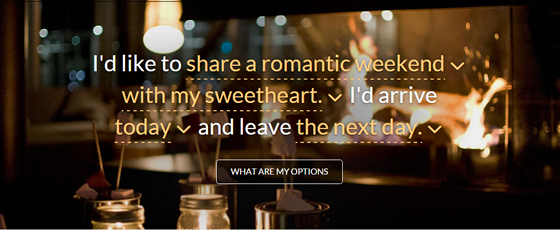
…and Mont Tremblant.
Tall Order, but Need to Be Honest
This is a tough task, to be sure. It’s not as simple as writing copy or pasting the embed code for your booking widget.
It takes much more planning, much more code, and much work, but the results so far are scratching the surface of a tool that puts resorts in the drivers seat of the experience people plan at their resorts.
More than anything, though, I think it’s time to realize we aren’t really helping anyone plan. Instead, we’re assuming they already have.
And until we face that fact, we can’t change it.
About Gregg & SlopeFillers
I've had more first-time visitors lately, so adding a quick "about" section. I started SlopeFillers in 2010
with the simple goal of sharing great resort marketing strategies. Today I run marketing for resort ecommerce and CRM provider
Inntopia,
my home mountain is the lovely Nordic Valley,
and my favorite marketing campaign remains the Ski Utah TV show that sold me on skiing as a kid in the 90s.
Get the weekly digest.
New stories, ideas, and jobs delivered to your inbox every Friday morning.

